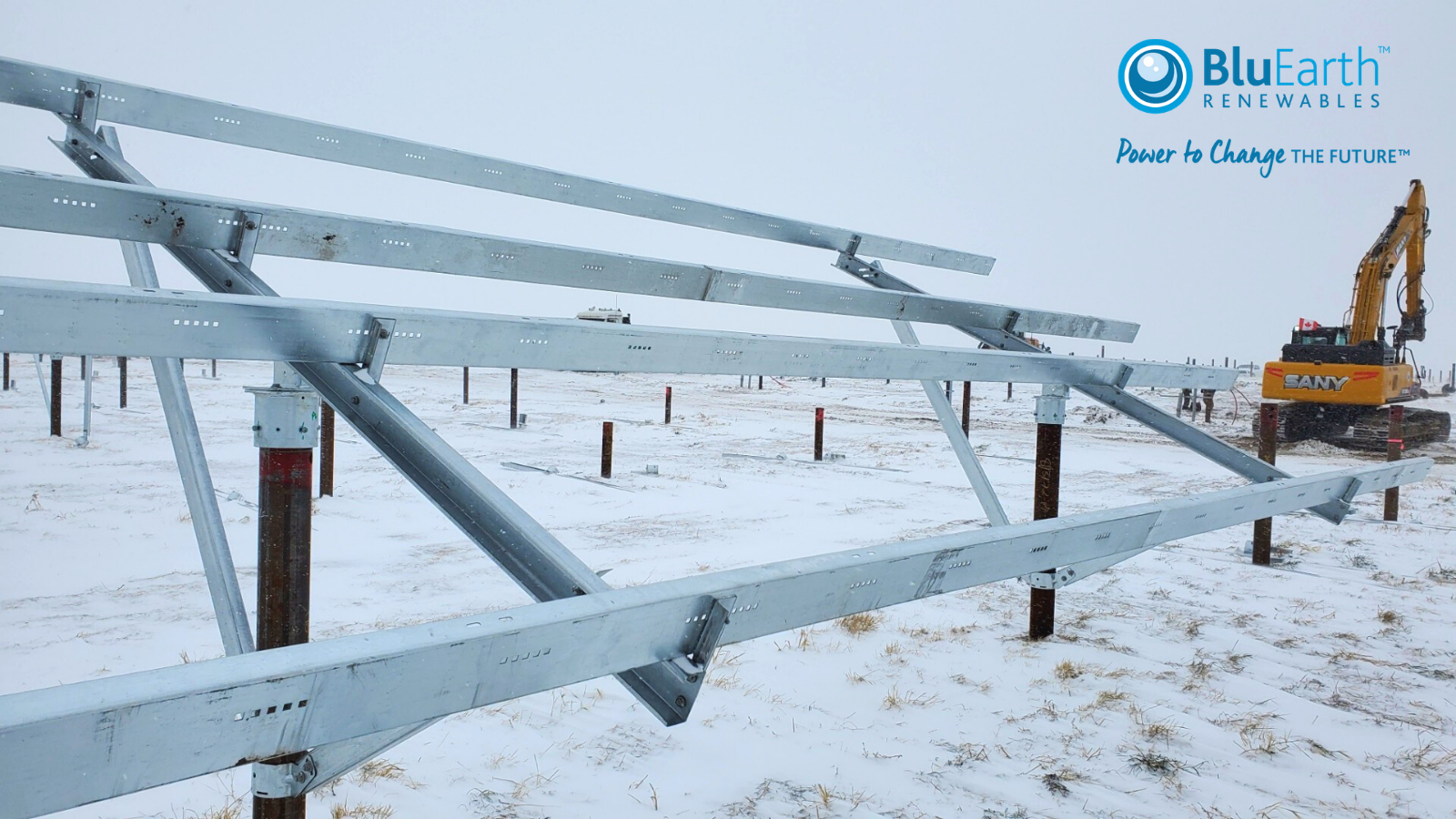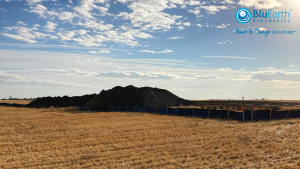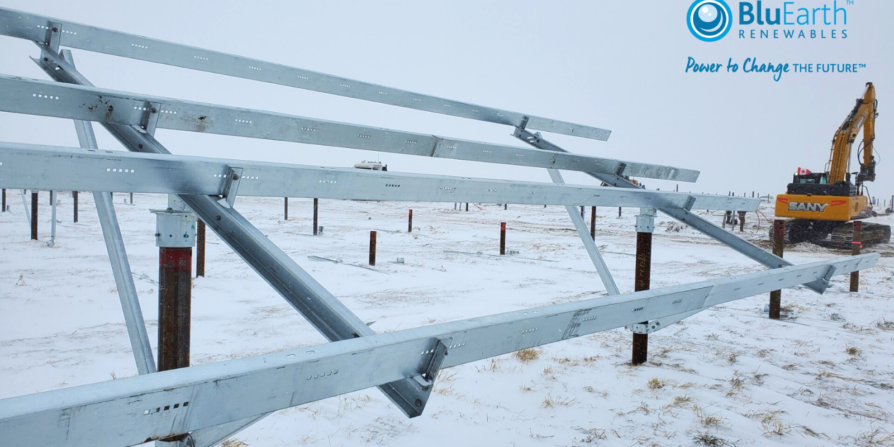
What to know before signing a power purchase agreement
Power purchase agreements (PPAs) are a bold, business-led strategy for reducing corporate emissions. These deals provide energy cost security, potential cost savings, and a tangible link to a renewable energy project that your business helped bring online. So what should you know before signing a power purchase agreement?
Need a primer before you think about signing? You can learn more about PPAs here.
Corporate PPAs are impactful, but they aren’t the simplest green energy option—having recently signed a PPA, we know how to navigate the complexities of these agreements. Bullfrog Power spoke to this at a Business Renewables Centre (BRC) webinar: Lessons learned from Canada’s most recent corporate PPA.
Emma Rogers, Senior Manager, Sustainable Business & Operations, RBC, and Shaun Wrubell, Vice President, General Counsel, BluEarth, joined us to discuss their tips for navigating the PPA signing process. We partnered with RBC to sign a PPA with BluEarth to realize the upcoming Burdett and Yellow Lake Solar Project in Alberta. After an informative discussion, we wrote down our takeaways on what to know before signing a power purchase agreement.
Define your motivations for signing a PPA

Emma cited RBC’s desire to pursue a bolder strategy after they achieved carbon neutrality in 2017 as part of their Climate Blueprint. The fact that PPAs bring both environmental and business benefits was also important. With a PPA, businesses directly support the construction of a new renewable energy project; they also gain a meaningful stake in that project, which leads to exciting communications opportunities. A hedge on electricity prices is another popular motivator for these deals.
Bridge the PPA knowledge gap
It takes time for internal stakeholders to learn the PPA essentials, and that initial knowledge gap could halt progress. To stay on track, preparing a roadmap and a strong business case is key—ideally with help from external advisors. BRC members can access their Buyer’s Roadmap here.
Emma said that having a network of individuals who have already deployed a PPA and can share the experience is critical. “We benefitted from the partnership with Bullfrog,” she continued. “They gave us additional confidence in the business case, providing modeling, research, and the developer landscape. It helped to validate our own analysis and enhanced the business case.”
We would also add that panels like this one have people who want to help—don’t hesitate to reach out and ask questions.
Support your green champion
Power purchase agreements are often pushed forward by an internal champion who will learn about PPAs and how to communicate their value to the people signing off. As important as the champion is, you’ll also need to bring in other departments at the right times throughout the process. Having early commitment from the senior management team is key, and we also recommend bringing finance reps into the conversation sooner rather than later.
RBC started with a small project team, including their champion. They partnered with corporate bankers who understood the mechanism of a PPA and then expanded to corporate real estate partners and internal advocates for reducing their carbon footprint. Once they entered negotiations with BluEarth, they determined who would sign off on the project and let the champion make their case.
Have confidence in your renewable energy developer before you sign a PPA
PPAs enable businesses to contract directly with a renewable energy developer, so you’ll want to pick a great one to reduce operations and maintenance risk. To assess a developer’s expertise, ask questions like how many projects they’ve developed, what issues they’ve encountered, what technology they use, and how they choose sites.
From the developer’s perspective, Shaun recommends that buyers involve applicable experts before creating a contract. The buyer should be comfortable that the project is viable and that once operational, it will hit power and environmental targets.
Communicate and celebrate your power purchase agreement
Once you’ve done the work to prepare for and sign a power purchase agreement, you’ll want to tell its story both internally and externally. Your communications team should be able to articulate the benefits of a PPA and use it as a clear proof point for your climate strategy.
Emma noted that communicating the PPA internally was a good opportunity for RBC to celebrate the collective climate progress they’d made to date. When it came to external announcements, their team found that providing a clear explanation of PPAs for reporters helped their efforts.
Storytelling is one of the reasons PPAs are as good for business as they are for the environment. Once your communications and marketing teams understand the finer details, they’ll be able to show your employees, customers, and other stakeholders how your business helped bring a brand new solar or wind farm to life—like how Telus partnered with Elemental Energy to make Alberta’s first utility-scale project possible.
Curious about how a PPA can benefit your business? Visit our PPA solutions page or send us your questions through the form below!
